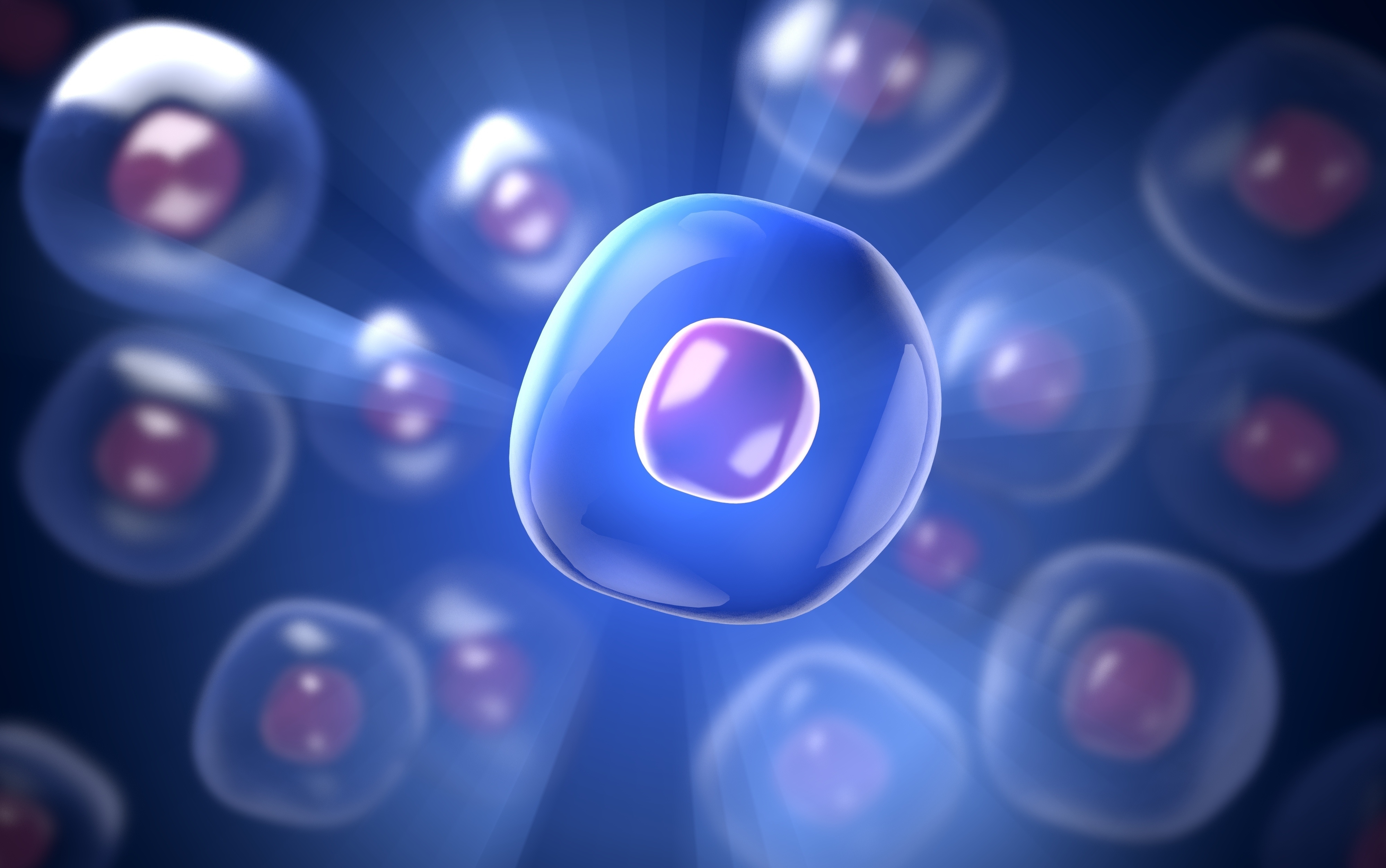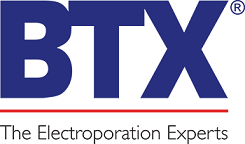Mission Impossible: Getting Into the Cell Alive
By Michelle M. Ng, Ph. D. & Chelsea Nelson

Transfection is simply getting DNA (or other molecules of interest) into a cell, while keeping that cell alive. We can do this in countless methods which are divided into three main categories; Reagent Based, Instrument Based, Biological Based. Each method has its own advantages and disadvantages and may be used for transient or stable transfections. Read on as we indulge ourselves into the top methods to see which one suits you best.
CA Phosphate
This reagent based method involves mixing DNA with calcium chloride, adding in a precise manner to a buffered saline/phosphate solution and allowing the mixture to sit at room temperature. This produces a precipitate that is isolated onto the cultured cells via endocytosis or phagocytosis.
Advantages:
- Inexpensive
- High efficiency in compatible cell types
Disadvantages:
- Reagent uniformity is critical for reproducibility; difficult to achieve reproducibility from one experiment to the next
- Small pH changes (+0.1) can compromise alteration efficiency
- Size and quality of the precipitate are vital to the success of transfection
- Does not work well for all cell types
- Toxicity due to lingering reagent after transfection
- Calcium phosphate precipitation does not work in RPMI, due to the high focus of phosphate within the medium.
- Efficiency is limited by the size of DNA molecules
Lipid Based Methods
This reagent based method helps a cell to absorb nucleic acid by neutralizing its negative charge and making the molecule more compatible to getting past the hydrophobic cell membrane (1). Genetic material is transferred into the cell via liposomes; these are vesicles that can merge with the cell membrane.
Advantages:
- Proficiency to deliver nucleic acid to many adherent cell lines
- Low toxicity in many easy to transfect cell lines-deliver with low or little cell death
- Easy to use- minimal steps
- Low start-up costs
Disadvantages:
- Not effective with many difficult-to-transfect, suspension, and primary cell types, and not applicable to cells with cell walls such as bacteria, yeast, and plant cells.
- Toxicity due to lingering reagent after transfection in sensitive cell lines
- High consumable costs for experiments over time
- Lot to lot reagent variability in results
- Reagent is sensitive to storage conditions
- Efficiency is limited by the size of DNA molecules
Viral Vectors
This biological based method uses Viral vectors (such as retrovirus, lentivirus, adenovirus or adeno-associated viruses) to deliver nucleic acid into the cells.
Advantages:
- High gene-delivery efficiency (95-100%)
- Simplicity of infection
Disadvantages:
- Labor intensive preparation of virus
- Virus is sensitive to storage conditions
- Some viruses (such as lentivirus) can cause unwanted mutations to the host cell’s genome
- Increased Biosafety Concerns--P2 containment required for most viruses (certain viruses can be dangerous and should be closely monitored.)
- Viral packaging limits prevent delivery of large constructs
Electroporation
This instrument based method uses an electrical pulse to create brief pores in cells membrane through which substances like nucleic acids can pass into cells (2).
Advantages:
- Non-chemical method that doesn’t seem to alter the biologic structure or function of the target cells; no lingering reagent after transfection can improve viability in reagent sensitive cell types.
- Easy to perform
- High Efficiency, High Viability
- High Reproducibility of results from experiment to experiment
- Universal transfection method that can be applied to a wide range of cell types in vitro, as well as in vivo tissue transfections, and can be used to deliver a variety of different transfectant cargo molecules or nanoparticles
- Consumable cost savings over time
- Efficiency of this method is not limited by size of DNA molecules
Disadvantages:
- Cell mortality (if using suboptimal conditions)
- Higher start-up costs
Gene Gun
This instrument based transfection method uses nitrogen or helium gas for injecting tiny ‘bullets’ made from DNA coated particles, mainly used on plants and for in vivo animal applications.
Advantages:
- Consumable Cost savings over time
- Transfectant applied with or without gold particles.
Disadvantages:
- Not applicable to in vitro cells
- Causes damage in target tissue
- Trial animals easily shocked by the sonic boom
- High start-up costs
- Labor intensive multi-part procedure in preparing samples
Microinjection
This instrument based method uses a fine needle to deliver nucleic acid into the cytoplasm or nucleus one cell at a time.
Advantages:
- Cell type independent
- Uses smaller amounts of DNA
- Efficiency of this method is not limited by size of DNA molecules
- High reproducibility
Disadvantages:
- Labor intensive, limited to small numbers of cells, and requires highly skilled laboratory personnel
- High Instrument costs
- Causes physical damage and high mortality to the samples
Mission Impossible may not be so impossible after all. These methods should help you narrow down how you wish to proceed in your labs. Check back next week when we try to “Catch the Electroporation Wave”.
References:
1: Kepczynski, M., & Róg, T. (2016). Functionalized lipids and surfactants for specific applications. Biochimica et Biophysica Acta (BBA)-Biomembranes, 1858(10), 2362-2379
2: Rosazza, C., Haberl Meglic, S., Zumbusch, A., Rols, M. P., & Miklavcic, D. (2016). Gene electrotransfer: a mechanistic perspective. Current gene therapy, 16(2), 98-129



 800-272-2775
800-272-2775
